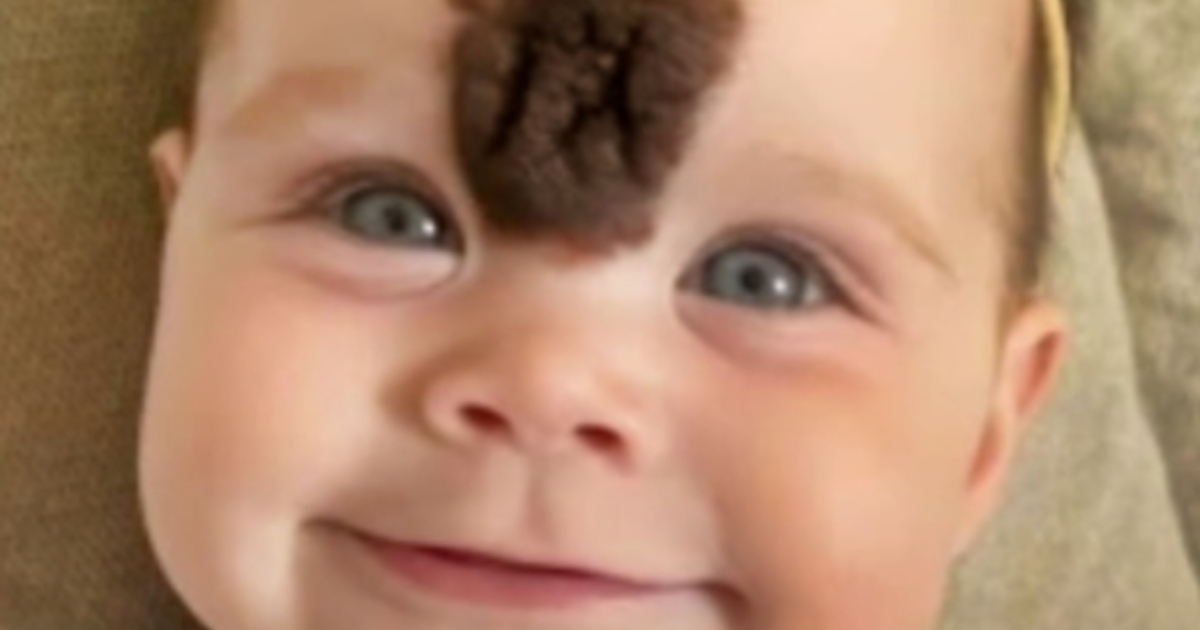A mother’s determination to address her daughter’s rare birthmark, despite initial resistance from medical professionals, highlights the complexities of parental advocacy in healthcare. Celine Casey’s daughter, Vienna Shaw, was born with congenital melanocytic nevus (CMN), a birthmark occurring in only one out of 20,000 newborns, prominently located on her forehead. Concerned about the potential social and emotional impact as Vienna grew older, Casey was resolute in her decision to have it removed, driven by a desire to prevent her daughter from feeling different and potentially resenting her parents for inaction.
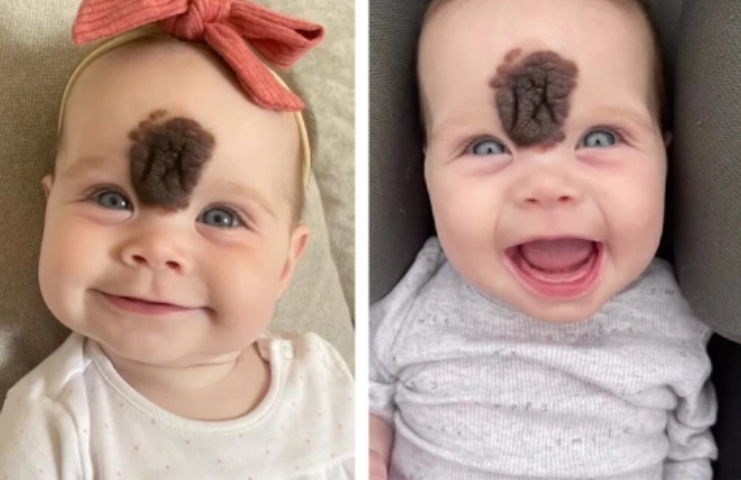
Seeking medical intervention from the NHS, the family faced disappointment when doctors categorized the removal surgery as a cosmetic procedure and declined to proceed. This stance contrasted sharply with the parents’ genuine worries about potential teasing and their daughter’s future mental well-being. Undeterred, Casey and Vienna’s father, Daniel Brookshaw, took it upon themselves to raise the necessary funds privately. Their crowdfunding efforts proved successful, amassing $52,000 within 24 hours, and eventually reaching their increased goal of $79,000 to cover hospital costs.
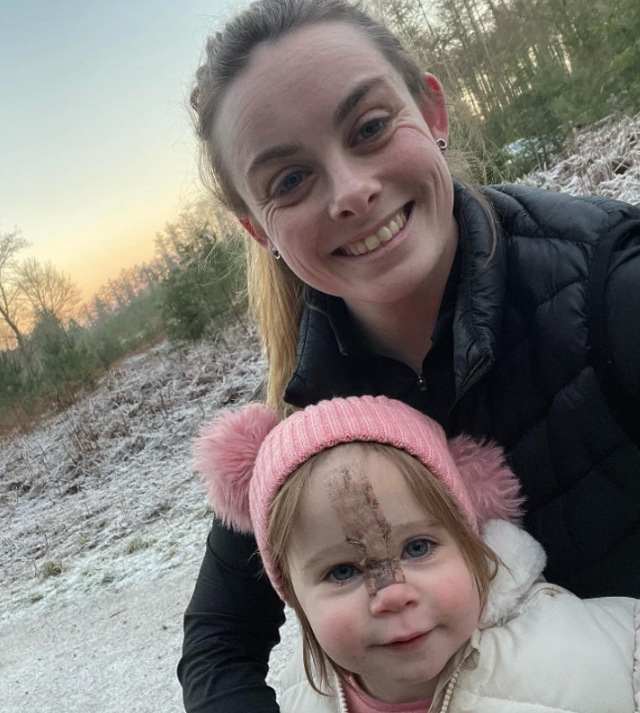
The parents’ proactive approach led to further disagreements with the medical team. While Casey and Brookshaw sought surgical removal, the initially consulted surgeon refused, advocating that Vienna should make the decision herself when she was older. A dermatologist concurred, emphasizing that the birthmark posed no health risks and was not cancerous. Despite this medical opinion, the parents persisted, prioritizing their concerns about Vienna’s social integration and emotional health over the principle of future autonomy.
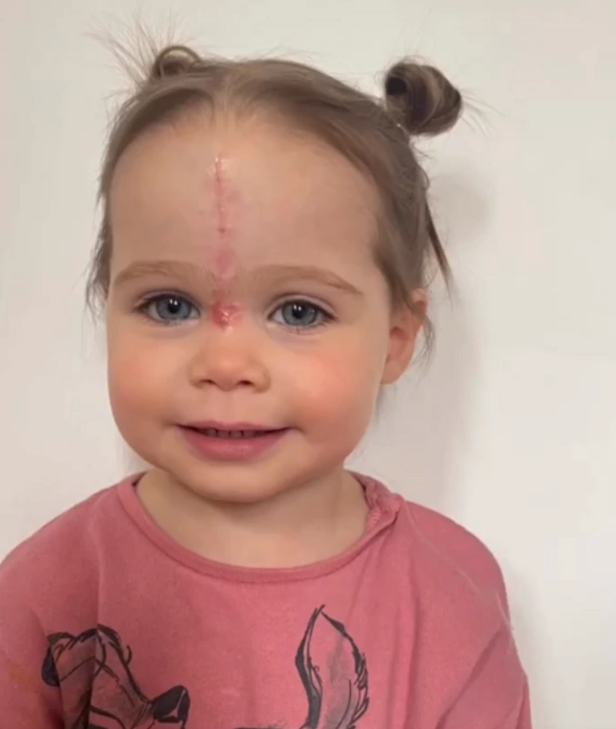
Ultimately, Vienna underwent the surgery at the age of two, and her birthmark was successfully removed, leaving only a faint scar. Her mother, Celine, has regularly shared updates on Vienna’s recovery on social media, with many followers commenting on the little girl’s beauty. While the birthmark is gone, the family continues to travel for follow-up appointments to monitor the scar’s healing and determine if any further procedures are necessary. Vienna is now enjoying the typical life of a toddler.
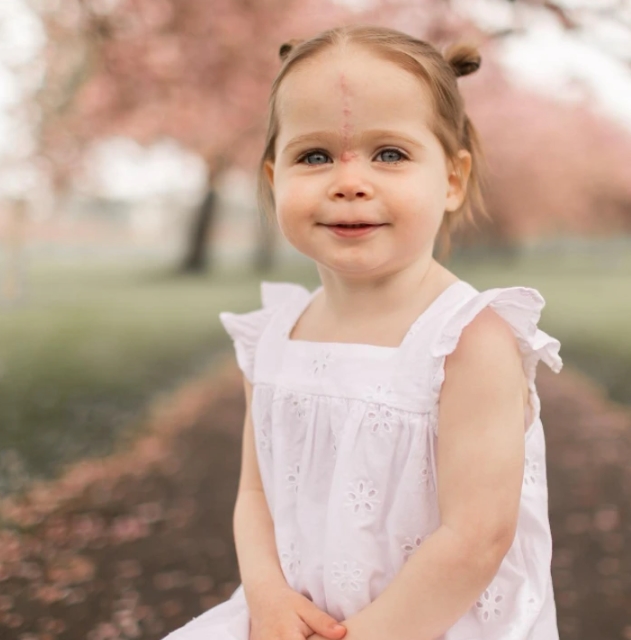
This case brings to the forefront the delicate balance between parental advocacy for a child’s well-being and the medical emphasis on a child’s future autonomy in medical decisions. While Vienna’s parents were driven by a desire to ensure her social acceptance and emotional health, the medical team stressed the importance of respecting her future right to make choices about her own body. The successful removal of the birthmark represents the culmination of the parents’ determined efforts, yet the differing viewpoints underscore the ethical considerations inherent in such situations.
